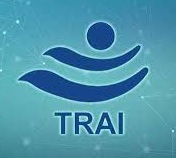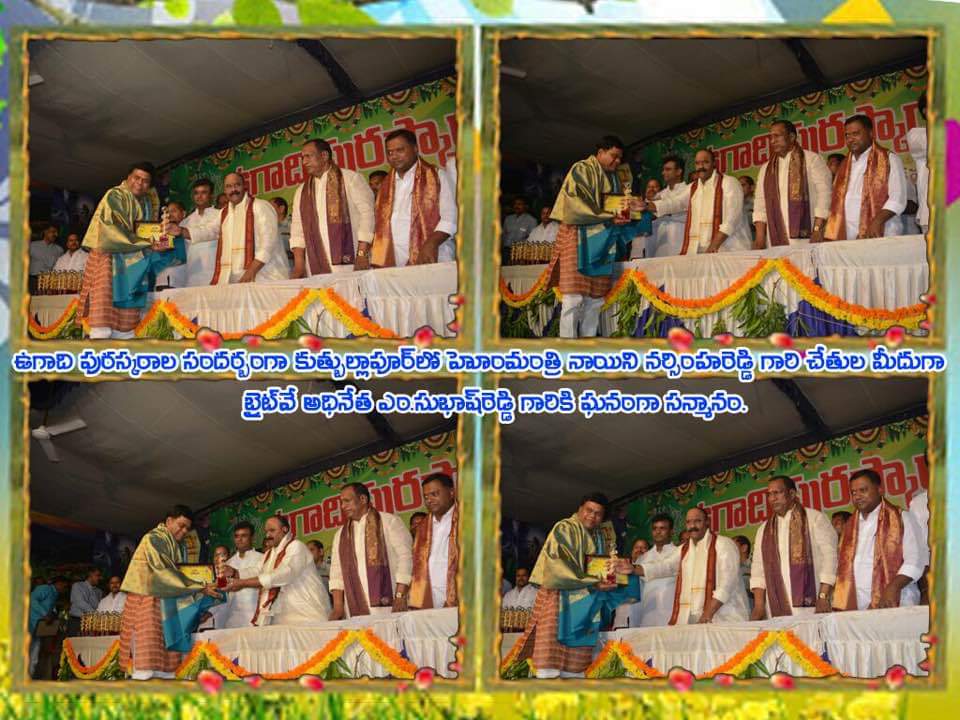The broadcasters and distribution platform operators (DPOs) have asserted that the New Tariff Operator (NTO) 2.0 will not just impact the service providers but will also prove detrimental for the consumers who will have to bear the brunt of price increase by the broadcasters. The TV bills of the consumers had seen an increase when the NTO 1.0 was implemented. It is expected to go up further once NTO 2.0 gets implemented. TRAI said it is aware that prices of some of the channels announced by broadcasters are unsustainable as these are not demand driven prices and are against the interest of consumers
“Broadcasters are rejigging their bouquets by keeping driver channels outside those bouquets so that they can get a price increase which is otherwise limited in a bouquet scenario. Clearly, this is not good for consumers. There is speculation that consumers will simply shell out more money, but that is not true. What broadcasters have done is an unintended consequence of the thoughtless measures of the regulator. The linear business of all major broadcasters is going to get impacted,” a senior industry source said.
He further added that there is a possibility of consumers not taking either à la carte channels or the bouquets. “If consumers decide not to take these channels and rather shift to OTT, then broadcasters will lose on both sides. There will be no upside on OTT, since broadcasters are not charging separately for these channels on OTT. The reach of DD Free Dish is going up day by day. NTO 2.0 is bad for broadcasters and bad for consumers equally,” the source said.
According to him, the biggest fallout of NTO 2.0 is that it will end up confusing the customers. “Consumers are lost because of these changes. They have no clue why their bouquets are getting changed and why they have to pay more. We had to explain to the consumers when NTO 1.0 came. Now again the industry has to go to the consumers and explain them. Consumers were confused about NCF. NTO 2.0 is a rerun of CAS, which was implemented in 2006,” the source said.
A senior TV broadcasting official said that the NTO 1.0 and 2.0 have been brought keeping consumer interests in mind, however, the regulation will end up impacting the consumers the most. “India is a price-sensitive market. We want everything to be affordable and best in class at the same time. Since broadcast is a B2B arrangement whereas distribution is a B2C arrangement, they have a direct contact on the ground. A bouquet of channels is the best suitable for TV households as broadcasters are able to cross subsidise their channels,” the executive said.
Sources in the cable-TV industry say that the NTO 2.0 will end up harming the consumer interest as they will have to settle for lesser channels and still pay a higher subscription among. “More than the price rise, the number of services will come down. If consumers are getting 300 channels, it might come down to 200 channels,” a senior official at a cable-TV company said.
Another executive with a cable TV firm said that the consumers will have to shell out more for the popular channels that were earlier part of the bouquet. “They will have to pay for Network Capacity Fee (NCF), bouquet and à la carte channels. The prices will shoot up if they opt for too many channels. They might have to make do with a smaller bouquet which includes their favourite channels.”
A senior TV broadcasting official said that the unbundling is the worst thing for consumers, as they will pay more under NTO 2.0. “The broadcasters and DPOs will work out some arrangement, but it is the consumer who will suffer the most. The price increase will be too much for consumers who are already paying a high subscription fee under NTO 1.0.”
According to a senior distribution executive, the price hike by broadcasters will help in growing the average revenue per user (ARPU). He also foresees the monthly TV bills to go up by roughly Rs 100. “We might lose customers because of this, but then this is the best possible solution to the situation that broadcasters find themselves in,” the executive noted.
In a statement late Thursday, the TRAI noted that a sustained misleading campaign is being run to create an impression that the impending price increase is due to NTO 2.0. This, the regulator said, is an incorrect representation of the NTO 2.0
“It is being publicised that any/ every consumer who opts top GEC channels or sports channels will end-up paying an extra amount of Rs 100/-. This is a fictional pretension as NTO 2.0 does not entail or prescribe any condition for increasing prices,” the regulator stated.
TRAI said it is aware that prices of some of the channels announced by broadcasters are unsustainable as these are not demand driven or market determined prices and are against the interest of consumers. “The price hike has been announced on their own in the garb of complying to NTO 2.0, which is not true and rather an attempt to defeat the purpose of NTO 2.0 which has already benefited the consumers to a large extent,” it added.
























